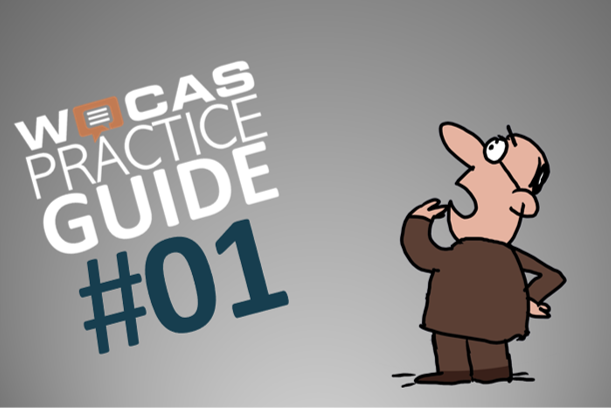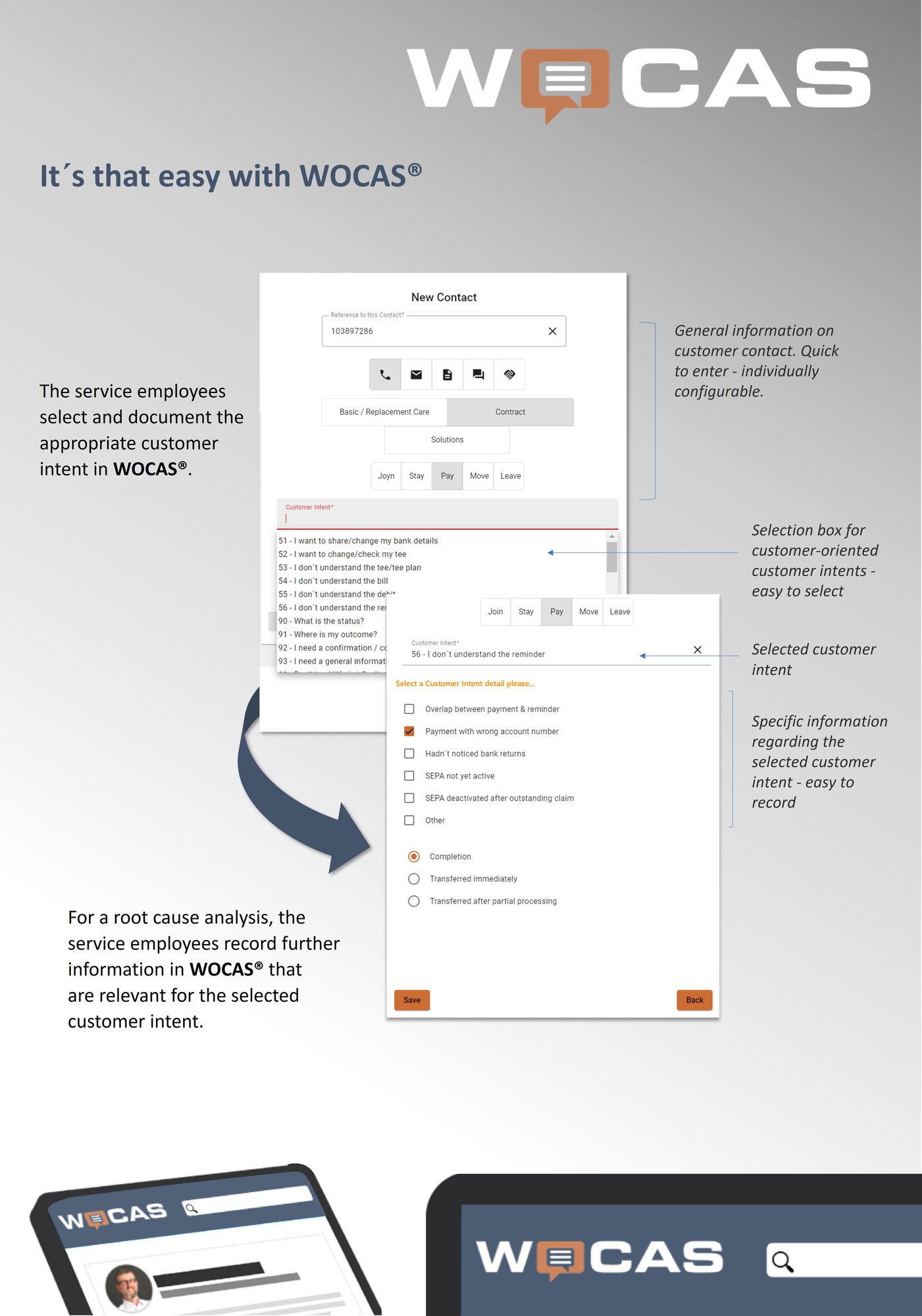
Where contact reduction begins or fails: the right choice of contact reasons
Most companies know far too little about why their customers contact the service department. There is a lack of data to derive and prioritize improvements. With the right classification, the contact report becomes an action plan for the entire company.
What is the problem?
Many companies continue to record increasing contact volumes. Successes from digitalization and simplification have not yet stopped this trend. How can the reduction of contacts be achieved? Where is the approach?
Service contacts show exactly which questions or problems arise when using the products or services. This makes them the best starting point for improving the CX and reducing unnecessary contacts.
In most companies, service employees classify their customer contacts. The type of classification depends on the objective (e.g. counting transaction types, internal cost allocation, improving product quality, etc.). If the objective is to reduce contacts, the question regularly arises as to what can actually be done with the existing reports and statistics or what can be read from them. In most cases, there is at least one of the following problems:
Far too many categories
We often find hundreds, sometimes thousands, of different categories. The system is far too granular, too complex and operationally unmanageable. Important topics are barely recognizable in the dissection. Service employees are overwhelmed by the level of detail and the accuracy of categorization is lost.
Used inconsistently
The more complex the system is, the greater the risk of incorrect categorization. Service employees are not always aware of the meaning of the categories and act under time pressure. Quality assurance of the categorization often does not take place. It is therefore not surprising that the first entries in the list are selected most frequently. If the order were changed, the statistics would look different.
Designed from an internal perspective
Many categories describe internal processes rather than contact triggers. In order to recognize unnecessary contacts, it does not help to know how employees process a request. However, it is essential to understand the customer intent. For example, categories such as "system support" do not provide any information about exactly what information the customer was missing.
These tips turn customer contacts into relevant customer insights
30 categories are often enough
In most industries, 30-40 customer intents are sufficient to accurately describe the various customer concerns and at the same time clearly differentiate them from one another. If more categories are defined, the risk of overlap and the effort required to train service staff increases.
At the same time, the total volume is spread across more customer intents. The smaller the volume per intent, the more difficult it becomes to create a convincing business case for prevention or digitalization measures.
Denke Think like a customerwie ein Kunde
We want to understand the reason for the contact. What exactly is the customer's intention? The aim is to paint as accurate a picture as possible of why customers are contacting the service. Examples of this are:
- The customer has received an invoice that he does not understand or doubt.
- Customers are waiting for their delivery and want to know where it is.
- The customer's needs have changed and they want to adjust their contract accordingly..
This creates "use cases" in customer service. In a further step, the value/irritant method can be used to decide whether certain occasions can be avoided altogether and which occasions are particularly suitable for shifting to digital channels.
Say it like a customer
Customer intents are particularly understandable if the core message is expressed in the language of the customer. Examples of such intents are:
- „I don´t understand the bill“
- „Where is my stuff?“
- „I want to change my contract“
If the intents are formulated in customer language, everyone can immediately and intuitively put themselves in the customer's perspective. This makes the contact report clear and understandable for the entire company, even beyond customer service.
Sub-intents for root causes
In the case of high-volume customer intents, it makes sense to obtain further information about the causes.
"I don't understand the bill" can be due to various influencing factors: a change of tariff, a change in consumption or simply the comprehensibility of the bill itself.
Sub-intents help to break down and quantify these drivers on a second level. This allows focused solutions to be derived and their costs and benefits to be reliably evaluated. Employees find out the exact situation in discussions with the customer and can select the sub-intents reliably and securely.
Who is responsible?
Ideally, when developing your customer intents, you should already have an overview of which area of the company has the greatest influence on the contact volume.
The biggest influence on "I don't understand the bill" is probably billing. "Where is my stuff" is probably mainly influenced by logistics.
You can use these assignments later to integrate the different areas and make them responsible for those contacts whose root causes lie in their respective areas of responsibility.
How WOCAS® can support you in the development of your customer intents
With our industry-specific templates, you can build on tried-and-tested customer intents and get started immediately. In most cases, only minimal adjustments are required to accurately map the structure of your contacts. The intents are available in the WOCAS® software, including instructions on how to use them. You can immediately start classifying the contacts in the new structure with your first service employees. Real-time reporting gives you a meaningful view of the structure of your intents from day one.

Feedback
We would be very glad to receive likes and comments or if you share our practice tip to make it accessible to other interested parties. You can do this by following our LinkedIn company page.
Want to talk to us? - Great!
We look forward to hearing about your challenges in a non-committal conversation and finding out together how WOCAS can help you.
